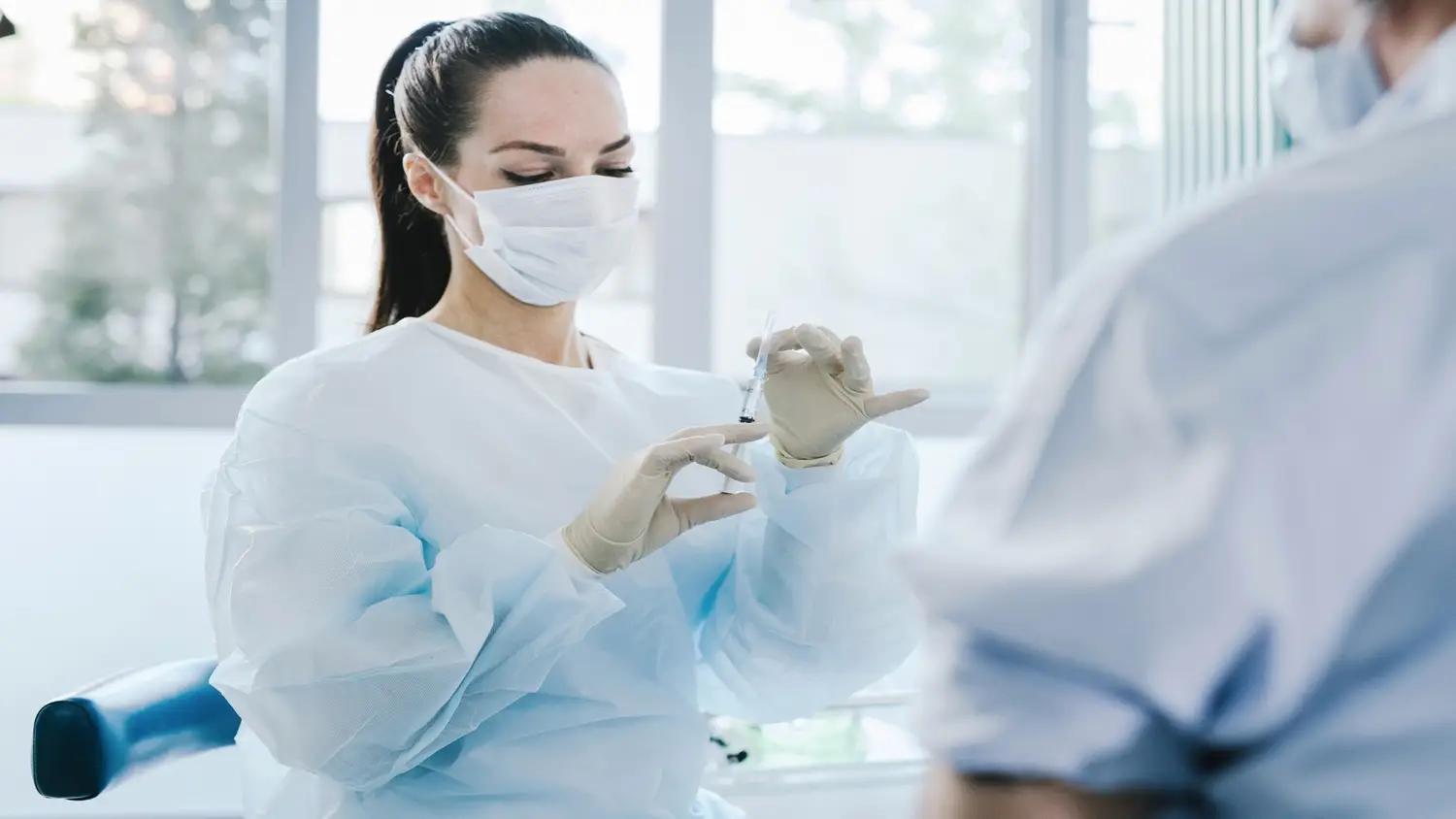
The Biomechanics of Running: Everything is Connected in the Kinetic Chain
 hosted byHealthclick
hosted byHealthclickThe Biomechanics of Running: Everything is Connected in the Kinetic Chain is organized by Healthclick.
Description:
Running efficiency is paramount for any runner. The running gait cycle and proper form dictate the success of running efficiently. The goal is to minimize expenditure by utilizing proper biomechanics and mastering optimal aerobic intensity.
An excellent running economy results from a comprehensive conditioning program that incorporates biomechanical analysis, strengthening, flexibility, endurance training, and proper shoe wear.
Learn to analyze a runner gait pattern and develop individualized treatment strategies to optimize a runner’s efficiency.
Course Objectives:
Upon completion of this curse, the participant will be able to
• Perform a postural screen from the foot up to rule out faulty joint positioning and muscle imbalances and to identify any bony abnormalities that may impact gait.
• Identify specific special and functional tests to utilize during your initial biomechanical exam and understand how all the segments in the kinetic chain influence each other.
• Perform range of motion, palpation manual muscle testing, and tissue extensibility testing for the pelvic regional and lower extremity and correlate how the results will impact your client’s running gait.
• Describe how restrictions in one area of the kinetic chain can lead to dysfunction in another region of the body and how that can impact a runner's gait.
• Perform a running gait analysis on a treadmill.
• Apply critical thinking skills to correlate your musculoskeletal and functional deficits findings to how they impact the runner’s gait.
• Identify the components of a gait analysis and what is needed to be a faster runner while minimizing injuries.
• Utilize a metronome when training a runner to maintain a specific cadence.
• Discuss the different styles of running and which style is the most efficient from barefoot running to shoe running.
• Discuss the different types of runners--from midfoot runners to heel-striking runners to toe-striker runners--and understand the implication of each form on injuries and function.
• Discuss what optimal cadence is for a runner.
• Develop rehab programs to promote neuromuscular re-education.
• Utilize techniques to improve joint and fascial mobility, stability and functional movement .
• Develop a comprehensive rehab program that incorporates improving range of motion, flexibility, balance, stability functional mobility and running gait.
• Explain the importance of tissue pliability and self-stretching to your client, as well as the importance of incorporating techniques to improve and maintain tissue extensibility into each run.
• Identify that each runner will present with a specific dysfunction(s) and that programs must be individualized in order to maximize the compliancy and benefits of a rehab program.









